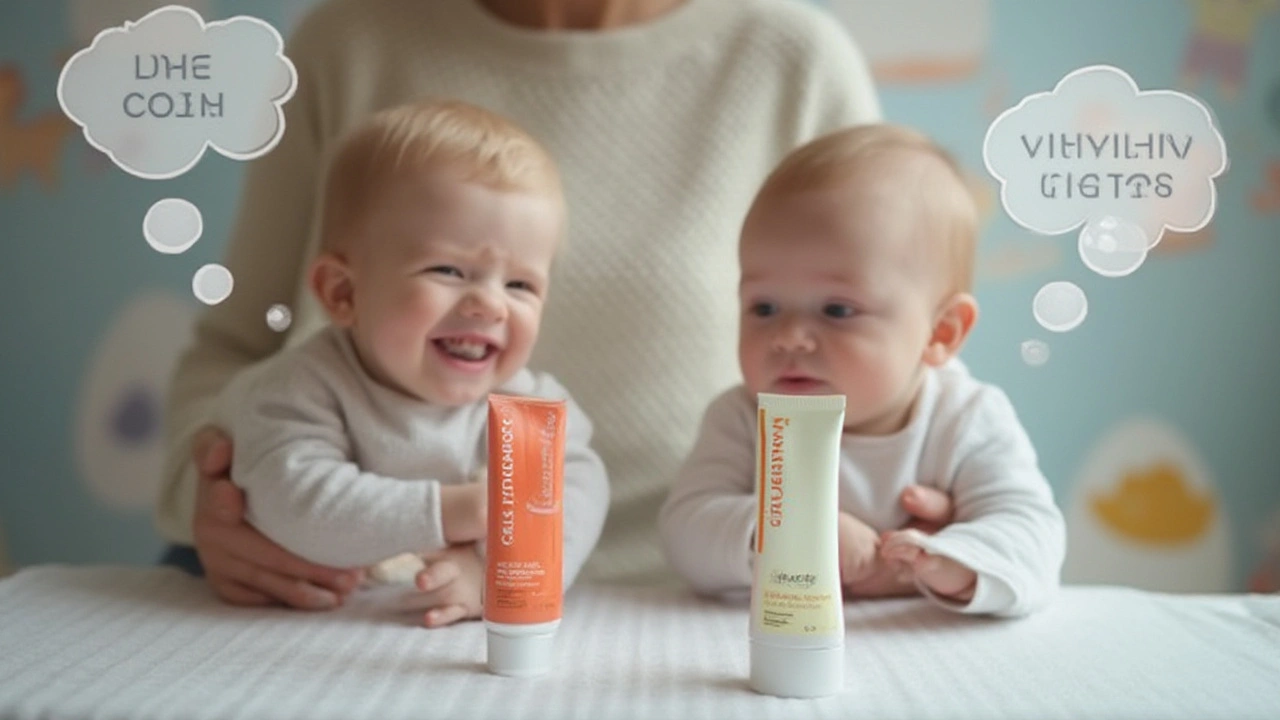Diaper Rash: What Triggers It and How to Soothe It Fast
If your baby’s bottom looks red and sore, you’re probably dealing with diaper rash. It’s one of the most common skin problems for infants, but the good news is that most cases clear up quickly with the right steps.
Common causes and early signs
Diaper rash shows up when skin stays wet for too long or gets irritated by friction. Wetness, urine, and stool create a perfect environment for bacteria or yeast to grow. Look for redness that spreads beyond the diaper line, tiny bumps, or a shiny, raw patch. When the rash feels warm to the touch or the baby seems uncomfortable during diaper changes, it’s a sign that you need to act.
Easy at‑home remedies that work
Start every diaper change by gently cleaning the area with warm water. Avoid harsh wipes that contain alcohol or fragrance; a soft cloth does the job.
Pat the skin dry—don’t rub. Excess moisture is the main enemy, so make sure the area is completely dry before putting on a new diaper.
Apply a thin layer of a barrier cream or ointment. Products with zinc oxide or petroleum jelly create a protective seal that keeps moisture out. Use just enough to cover the rash, not a thick dollop.
Give the skin some air time. If possible, let your baby go diaper‑free for 10 to 15 minutes a few times a day. This simple step dries out the skin and speeds up healing.
If the rash looks itchy or you notice small white spots, it could be a yeast infection. In that case, an over‑the‑counter antifungal cream with clotrimazole works well. Use it for a few days even after the rash looks better to prevent a comeback.
For redness that won’t calm down, a short course of 1% hydrocortisone cream can reduce inflammation. Apply a thin layer no more than twice a day and stop after three days unless a doctor says otherwise.
When the rash spreads to the thighs, genitals, or shows pus, it’s time to see a pediatrician. Prescription‑strength creams or oral medication may be necessary.
Keep the diaper size right. A diaper that’s too tight traps sweat and creates friction. Change diapers every two to three hours during the day, and at night if you’re using disposable pads that can stay on longer.
Finally, use a gentle laundry detergent for cloth diapers and rinse them thoroughly. Residual soap can irritate the skin.
Following these steps usually clears up diaper rash in a day or two. If it sticks around longer, talk to a health professional for a deeper look.






